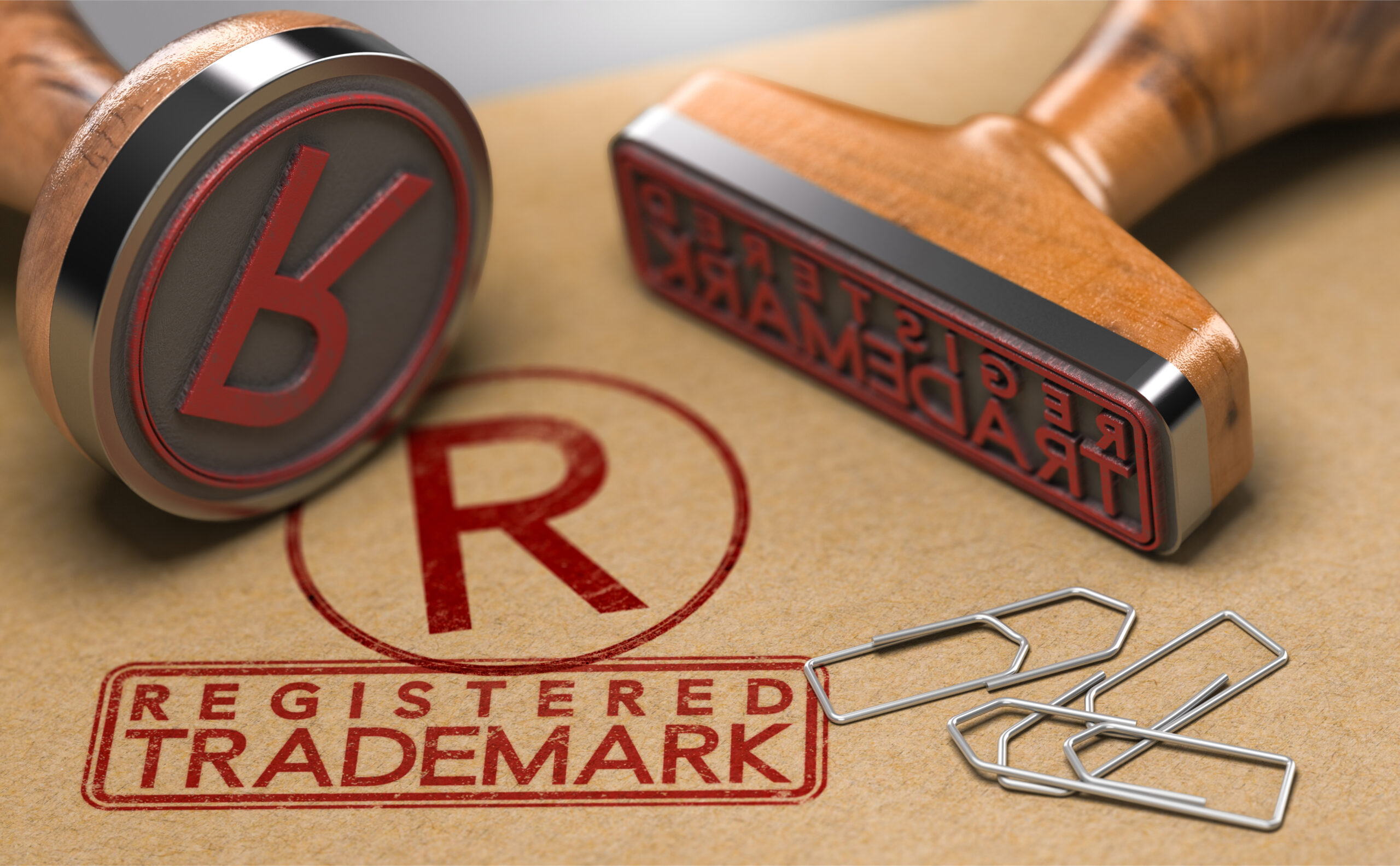Common Pitfalls in Trademark Registration: A Guide to Navigating the Trademark Maze

A trademark is a powerful tool for businesses. It acts as a badge of identity, distinguishing your goods and services from those of your competitors. However, the path to securing a trademark can be riddled with pitfalls. This comprehensive guide delves into the most common missteps encountered during trademark registration, equipping you with the knowledge to avoid them and ensure a smooth journey.
Pitfall #1: Insufficient Research Before Filing
Explores the importance of thorough research before filing a trademark application:
- Trademark Conflicts: The biggest pitfall is failing to conduct a thorough trademark search. Existing trademarks with confusing similarity to your proposed mark can lead to rejection or legal challenges down the line.
- Descriptive vs. Distinctive Marks: Strong trademarks are inherently distinctive, not merely descriptive of the product or service. Terms like "Best Coffee" or "Reliable Plumbing" are unlikely to be granted trademark protection.
How to Avoid:
- Conduct a Comprehensive Search: Utilize resources like the United States Patent and Trademark Office (USPTO) Trademark Electronic Search System (TESS) to search for existing trademarks. Consider hiring a trademark attorney to conduct a more in-depth search.
- Focus on Distinctiveness: Choose a trademark that is unique, memorable, and inherently distinctive. Opt for invented words, logos, or combinations of elements that set you apart from the competition.
Pitfall #2: Selecting the Wrong Trademark Class
Explores the importance of choosing the correct trademark class:
- The International Classification System: The USPTO utilizes the International Classification System, which categorizes goods and services into different classes. Selecting the wrong class can limit the scope of your trademark protection.
How to Avoid:
- Understanding the Classification System: Familiarize yourself with the International Classification System and the different classes. You can find resources and guides on the USPTO website.
- Consult a Trademark Attorney: An attorney can assist you in accurately classifying your goods and services under the appropriate class(es).
Pitfall #3: Filing an Incomplete or Inaccurate Application
Highlights the importance of filing a complete and accurate application:
- Missing Information: Incomplete applications can lead to delays or even rejection. Ensure you provide all required information about how much does it cost to trademark a phrase, including accurate descriptions of your goods and services, the mark itself, and any specimens of how the mark is used.
- Inaccurate Representations: Submitting inaccurate information in your application can have serious consequences, potentially leading to cancellation of your trademark down the line.
How to Avoid:
- Meticulous Preparation: Carefully review the application requirements outlined by the USPTO. Double-check all information for accuracy before submitting your application.
- Consider Professional Help: A trademark attorney can ensure your application is complete, accurate, and meets all legal requirements.
Pitfall #4: Not Using Your Trademark in Commerce
Explains the importance of using your trademark in commerce:
- Abandonment of Trademark Rights: A trademark can be abandoned if it is not used in commerce for a period of three consecutive years. This means you lose your exclusive rights to the trademark.
How to Avoid:
- Active Use is Key: Use your trademark prominently on your products, packaging, marketing materials, and website. The more visible your trademark is, the stronger your case for protection.
- Maintain Documentation: Keep records of how you are using your trademark in commerce. This documentation can be valuable evidence if your trademark rights are ever challenged.
Pitfall #5: Failing to Monitor and Enforce Your Trademark Rights
Emphasizes the importance of monitoring and enforcing your trademark rights:
- Eternal Vigilance: Don't assume your trademark is safe once registered. Continuously monitor the marketplace for potential infringements, such as competitors using similar marks.
- Taking Action Against Infringement: If you discover trademark infringement, you have the right to take legal action to protect your rights. This can involve sending cease-and-desist letters or pursuing litigation, depending on the severity of the infringement.
How to Avoid:
- Trademark Monitoring Services: Consider using trademark monitoring services to track potential infringements online and in the marketplace.
- Consult a Trademark Attorney: An attorney can advise you on your legal options for protecting your trademark rights in case of infringement.
Conclusion: Avoiding the Pitfalls and Securing Your Trademark
By understanding the common pitfalls in trademark registration and taking proactive steps to avoid them, you can significantly increase your chances of securing a strong trademark for your business. Remember, a registered trademark is a valuable asset, safeguarding your brand identity and fostering consumer trust. This guide equips you with the knowledge to navigate the trademark registration process with confidence
What's Your Reaction?



























